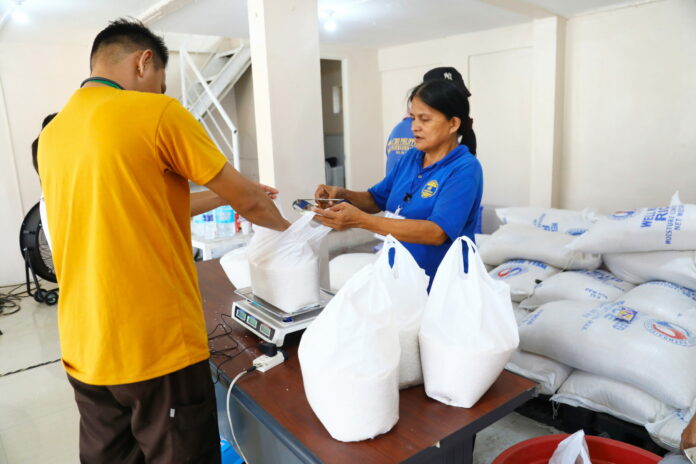The Department of Agriculture is reviewing the Masagana Rice Industry Development Program to significantly enhance domestic rice production and meet self-sufficiency goals, increase farmer incomes, lower consumer prices, and enable the Philippines to export rice again.
The rice program encompasses the production of better rice seeds, optimal use of fertilizers and development of a logistics network to bring harvests to market.
Agriculture Secretary Francisco P. Tiu Laurel, Jr. said the DA is assessing prior programs that aimed to increase productivity while ensuring a significant increase in farmer income, an initiative inspired by the Masagana 99 program launched by the late President Ferdinand Marcos.
Current national averages indicate yields of approximately 84 sacks of palay per hectare, highlighting the need for substantial improvements.
“We’re recalibrating the program to identify areas for enhancement, including the distribution of improved seeds, expansion of irrigation systems, and adjustments to rice cropping schedules,” Secretary Tiu Laurel said.
He expressed optimism that given the right inputs and technologies, rice yield could be increased to 7.5 metric tons per hectare, or 150 bags at 50 kilos per bag or even higher, in targeted program areas.
Last year, the Philippines harvested 20.06 million metric tons of palay across 4.82 million hectares of rice fields. If successful, MaSaGaNa could push the annual palay production beyond 25 million metric tons even if the target yield is met only in the 3.39 million hectares of irrigated farmlands.
The yield per hectare of palay in irrigated areas averages 4.51 metric tons and in non-irrigated areas only 3.34 metric tons, putting the national average at 4.17 metric tons, or around 84 sacks of play.
Palay yield per hectare averaged 3.89 metric tons in 2013 but stood at 3.97 tons in 2018, the year before Congress passed the Rice Tariffication Law that set aside P10 billion every year to modernize rice farming and increase farm productivity.
Secretary Tiu Laurel acknowledged the challenges ahead requiring substantial government investments in agriculture.
“After decades of neglect, we must adopt a more scientific approach to farming to boost output and manage costs effectively,” he said.
Secretary Tiu Laurel highlighted the importance of sustained investments, strategic planning, and technological advancements to achieve this objective. “As we move forward, our aim is not just to increase productivity but also to ensure sustainability and resilience in our agricultural sector,” he said. “With increased production, farmers will enjoy gains from their labor while consumers should enjoy lower food prices,” he added.







